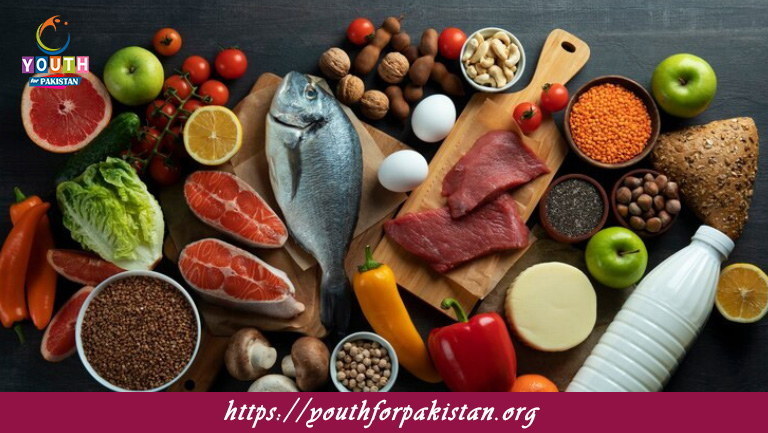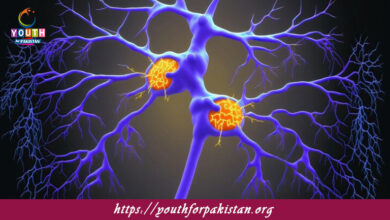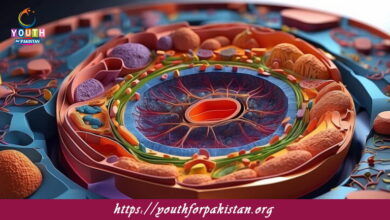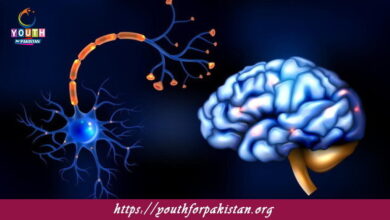Digestive System MDCAT Quiz with Answers
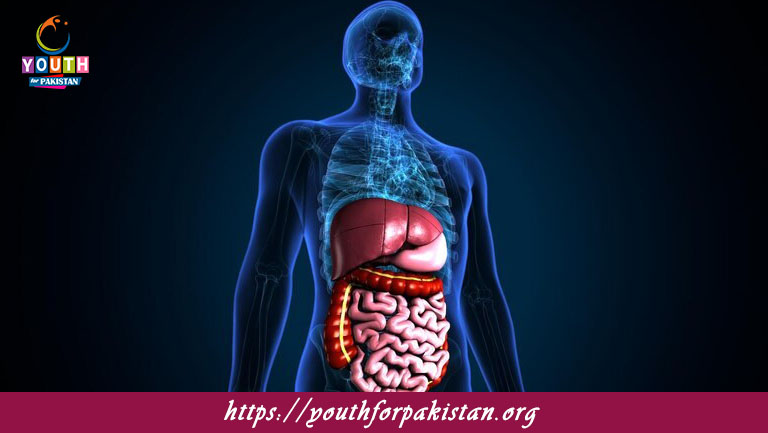
Digestive System MDCAT Quiz; The digestive system makes the food substances broken down into smaller molecules that are capable of being absorbed and used by the body for energy, growth, and repair. The organs included in this system are the mouth, stomach, intestines, and various accessory organs like the liver and pancreas. MDCAT students need to deeply understand the digestion process from ingestion to absorption. The MDCAT Quiz on the digestive system will help in reinforcing the knowledge of functions of each digestive organ and enzymes involved in the digestion process.
Anatomy and Function of the Digestive Organs
The digestive process begins in the mouth, where food is mechanically broken down by chewing and chemically digested by enzymes in saliva. As food moves through the esophagus into the stomach, gastric juices further break it down. The small intestine plays a crucial role in absorbing nutrients, while the large intestine absorbs water and salts. The MDCAT Quiz will test your understanding of these organs’ structures and how they contribute to the digestion and absorption of food.
Digestive Enzymes and Absorption
Digestive enzymes help in the breakdown of complex molecules into simple forms so that they can be absorbed by the body. For example, amylase breaks down starches into sugars, whereas lipase breaks down fats into fatty acids and glycerol. Once digestion is complete, these nutrients are absorbed into the bloodstream through the walls of the small intestine. The flashcard for digestive enzymes may be freely used to memorize main enzymes and their functions easily, helping in the best way to prepare for the MDCAT exam.
Quiz on the Digestive System
Taking a MDCAT Quiz will ensure that you understand the digestive system in depth, including the roles of various organs, enzymes, and the absorption of nutrients. This quiz will cover topics such as the physiological mechanisms of digestion, the structure of the digestive organs, and common disorders. Using Free Flashcards will help you remember the specifics of each digestive process and enzyme, allowing for quick recall during your MDCAT exam.

The ________ is where most of the nutrient absorption takes place in the digestive system.
Small intestine

The ________ helps in the absorption of water and salts, turning food waste into solid stool.
Large intestine

The ________ helps in the mechanical breakdown of food by churning and mixing it with digestive juices.
Stomach

The ________ is the first part of the small intestine where food enters after leaving the stomach.
Duodenum

The ________ is responsible for secreting saliva that contains enzymes to begin the digestion of food.
Salivary glands

The ________ is the final part of the digestive tract, where waste is stored before elimination.
Rectum

The ________ is the process of moving food through the digestive system via muscle contractions.
Peristalsis

The ________ is a part of the digestive system that plays a role in both digestion and immune function.
Appendix
Experience the real exam environment with our expertly designed collection of over 25,000 MCQs MDCAT Mock Tests.


